4 Basic Survival Skills You Should Know
Technology has evolved to the point where there’s almost always a gadget or tool for a situation. Convenience is so accessible nowadays that you can consider it… convenient (I shall see myself out). Now a big problem with that is that once we lose access to technology, we’re pretty much screwed. We rely on technology so much that most of us forget how to make rice without a rice cooker, for example.
So what if you’re out in the woods, you wandered far off the trails and you got lost? Your GPS died, you didn’t bring a map, you’re just… lost. This is when you truly wish you were Bear Grylls. ![]() So to give you a small fraction of Papa Bear’s powers, we’ve compiled a list of 4 survival skills that can turn things around from an utterly hopeless situation to being a survivor. It’s not British SAS-level but it’s enough to keep you alive in most survival situations.
So to give you a small fraction of Papa Bear’s powers, we’ve compiled a list of 4 survival skills that can turn things around from an utterly hopeless situation to being a survivor. It’s not British SAS-level but it’s enough to keep you alive in most survival situations.
Finding Water
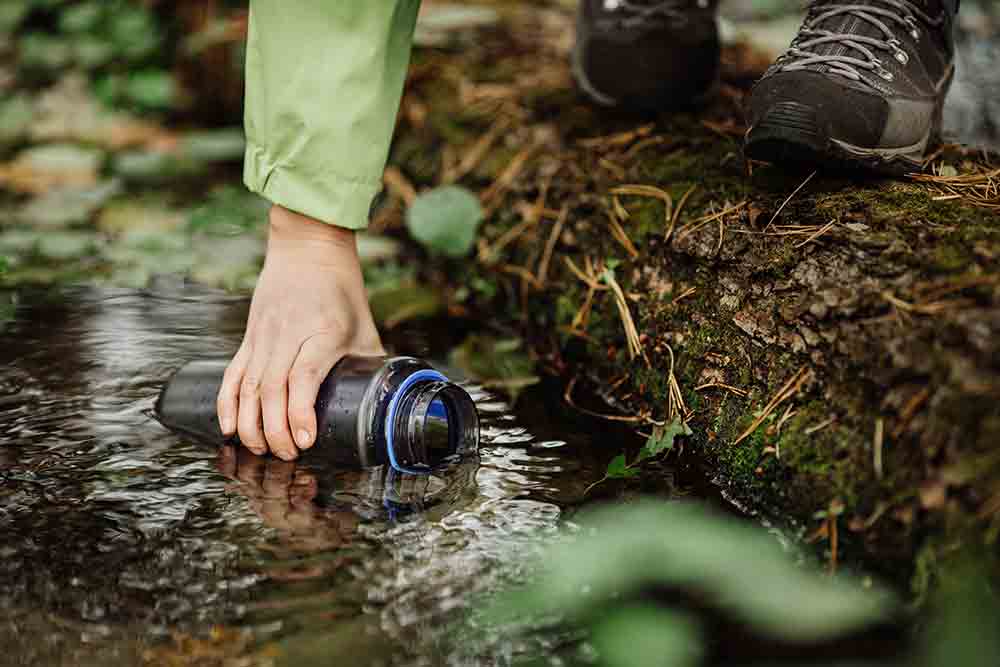
No matter what, the most essential thing you need in surviving is drinkable water. Weeks without food is still pretty okay, but 3 days without water and you’re gonna be 6 feet underground if people find you. So water has to be your top priority when it comes to survival. If possible, purify it. One of the key things to keep in mind when looking for water in hilly terrains is that water flows downhill.It’s much easier to find water in lower ground than high ground. This means Obi Wan is wrong for once. Oops!
It’s also a good idea to keep an ear out for sounds of water drops or water cascading over rocks. If using your ears don’t seem to work, then keep your eyes peeled for signs of life as animals and insects tend to be around areas with drinkable water. When all else fails, just dig a hole in damp soil, but only as a last resort. You’ll sometimes find some groundwater but it can be pretty filthy with all the germs and parasites. But hey, it’s better than no water at all.
So, let’s say you found water. How do you determine if it’s safe to drink? To keep it short and simple, if the water is stagnant, don’t drink it. If you’ve heard of the dengue and malaria fever, you know what I’m talking about. Mosquitoes are the carriers of these diseases and they breed in stagnant pools. You can find drinkable water in places with strong flow, like a flowing stream for example.
Now that you have access to drinkable water, that doesn’t mean it’s all clean. If possible, filter out the water before drinking. Bringing along a personal water filter should do the trick. If possible, boil it to keep parasites and infectious diseases out. If you have access to fire and a container you can place water in, then you’re good to go.
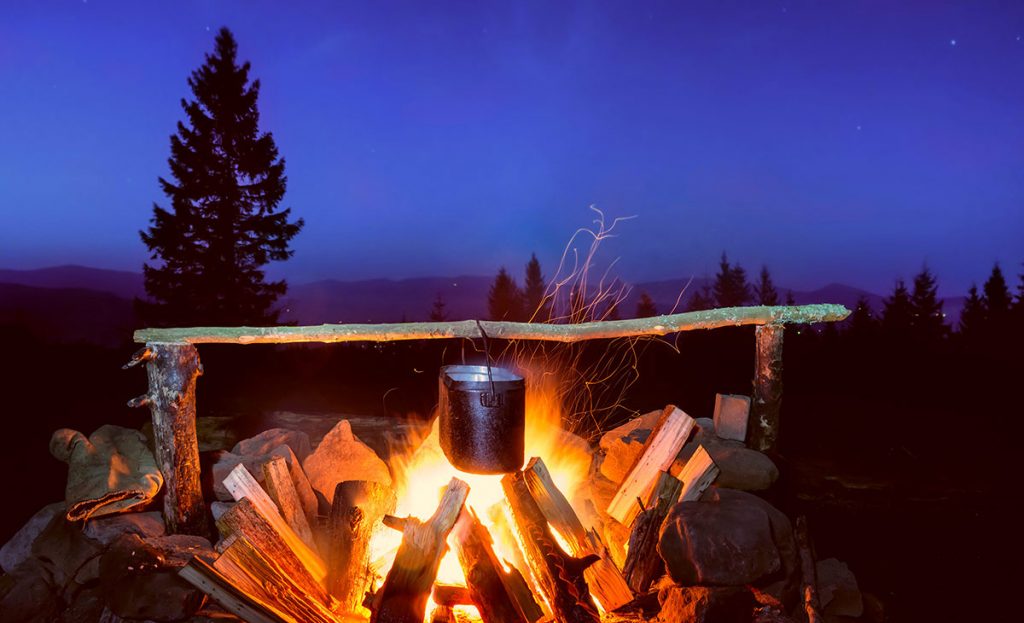
Speaking of which, …
Starting A Fire
Fires are very helpful in helping you survive. Knowing how to start one is the most important skill anyone should have just in case things go south. Fires keep you warm at night, cooks food, and as mentioned earlier, purifies water. Sounds like your wife, ain’t it? Besides the essentials, fires can be used to ward off predators, signal for help and even cauterize wounds. Yep, fires can do a lot. That’s pretty fire. If you have a lighter or a match, then things should be pretty easy. If you don’t, then you gotta learn how to start a fire from scratch. Now, there are multiple methods to start a fire from scratch so you can feel like this:
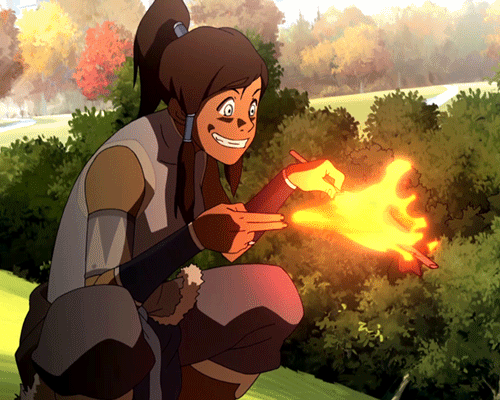
Here’s a really detailed guide on how to start a fire from scratch by The Art of Manliness. Click here.
But hey, once you’ve mastered the art of firebending, there’s still some key things to keep in mind. Make sure your fuel is not wet or moist. Basically, anything green should be avoided, that means fresh leaves and even the branches off of any plant. However, you’ll need to cook them if you wanna make a signal fire. Just make sure you start the fire first and then burn the fresh leaves above it.
Navigating
Well, if you’ve got a GPS, then you’re pretty much safe. If you don’t, well, time to get high (no pun intended. Or is there?). Going to higher ground is the easiest way to figure out where you need to go or avoid. Anything from a tree to a hill should do you fine. I guess Obi Wan is right this time.

The Sun can also be a tool of navigation. Ever heard of the Shadow Stick? It’s a pretty ninja name, I know. I’m pretty sure one of your Science classes has taught you that the Sun rises from the East and sets in the West. With that in mind, find a stick and you’re ready to determine direction without a compass. Make sure that the stick is around 60 cm or longer (the longer the better and for god’s sake, no pun intended).

Find somewhere without any trees blocking the Sun and stick the stick to the ground and you’ll notice a shadow. Now mark the tip of the shadow with a rock to anything you can find. That’s West. Then wait for 20 minutes or so and mark the next tip. That’s East. With those 2 all set, determining North and South is a piece of cake. Stand with the West mark on your left and the East mark on your right, and dead ahead of you is North. Even a simple navigation trick can determine your survival.
Well, if you do have an actual compass, click here to learn how to use a compass if you don’t know how to.
Gathering Food
In case you’re stuck in the wild for days or weeks, then gathering food should be on your check-list. One of the easiest ways is to get a long stick and sharpen the end to make a spear. It’s not much, but it’s enough to stab fish and smaller animals for food. If you wanna conserve energy, you can consider building a fishing rod, but you’ll need something that can be used as a hook and a line. Of course, this only applies if you’re near a body of water.
If you have a hard time doing any of those, then you should consider going for the local flora. There’s actually a surprising number of plants you can eat in the wild. Plants that are famous for being poisonous like mushrooms should be avoided unless you know what you’re looking at. So, it’s a good idea to study and familiarize yourself with the plants in the area before venturing into the place. Survival books and local guides are a big help.
If you’re new here, do follow us on Facebook, Instagram and Twitter to get the latest update on our products and campaigns!
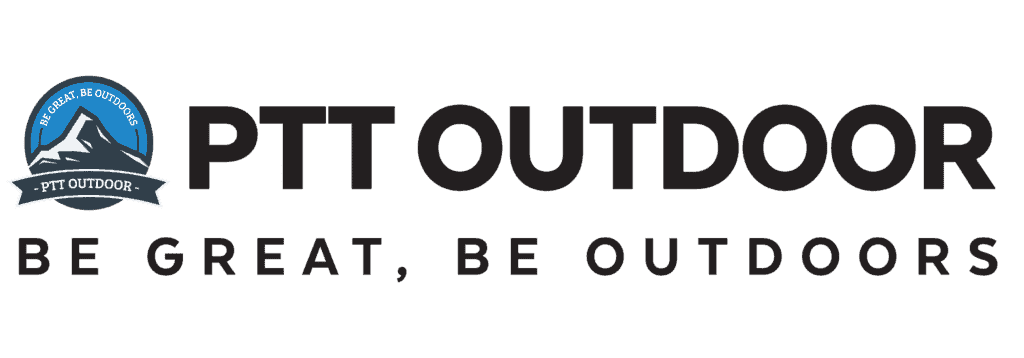

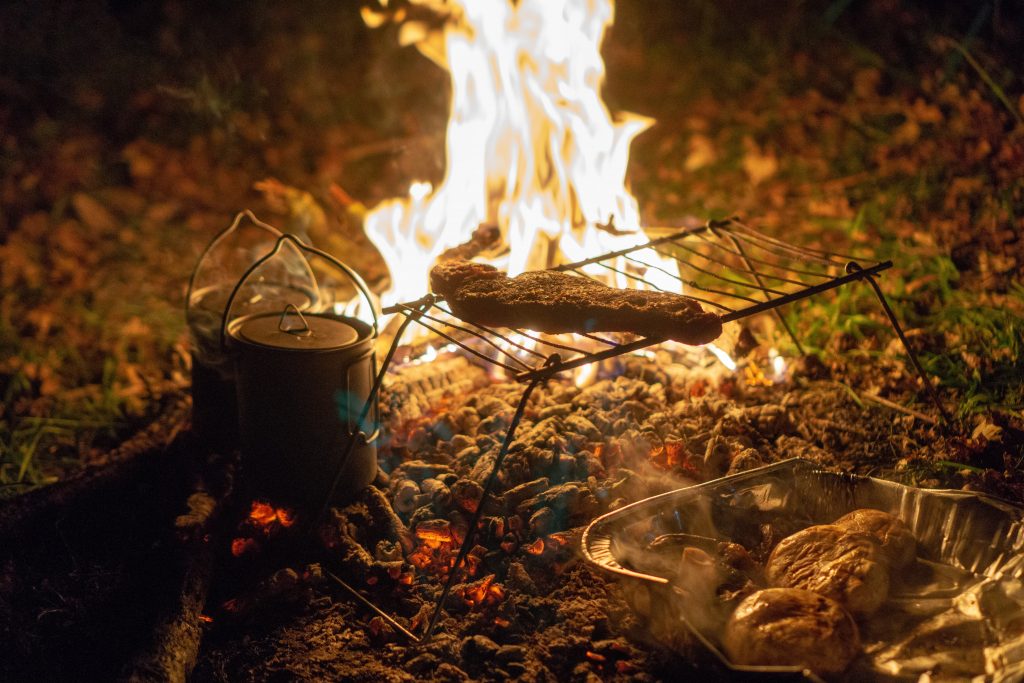
Shop Our Gears
Camp & Hike
TAHAN
COMBO
SLEEP SYSTEM
More tips that you might find useful:
12 Secrets to Getting Cheap Flights in Malaysia
马来西亚露营:户外探险综合指南
Camping in Malaysia: A Comprehensive Guide to Outdoor Adventures
Conquering Mount Kinabalu: A Hiker’s Guide to Malaysia’s Highest Peak
Camp Cooking Gear Guide – Build the Ultimate Camp Kitchen!
Top 5 Most Popular Campsites in Selangor
Ultimate Guide to Tropical Leisure Camping in Malaysia: TAHAN’s Top 5 Gear Picks
The Ultimate Guide to Hammock in Malaysia: Comfort, Adventure, and Relaxation